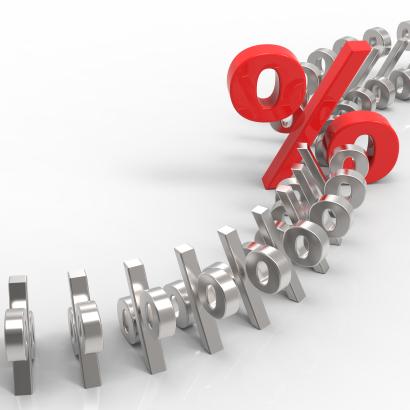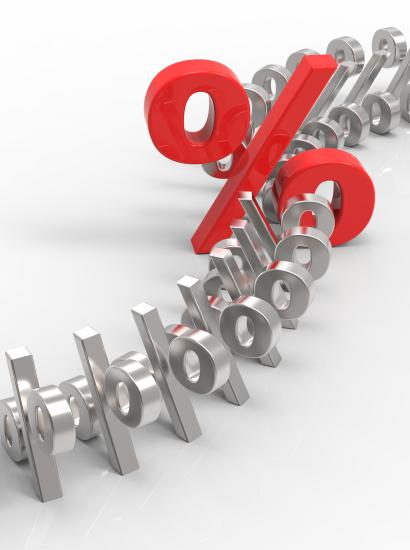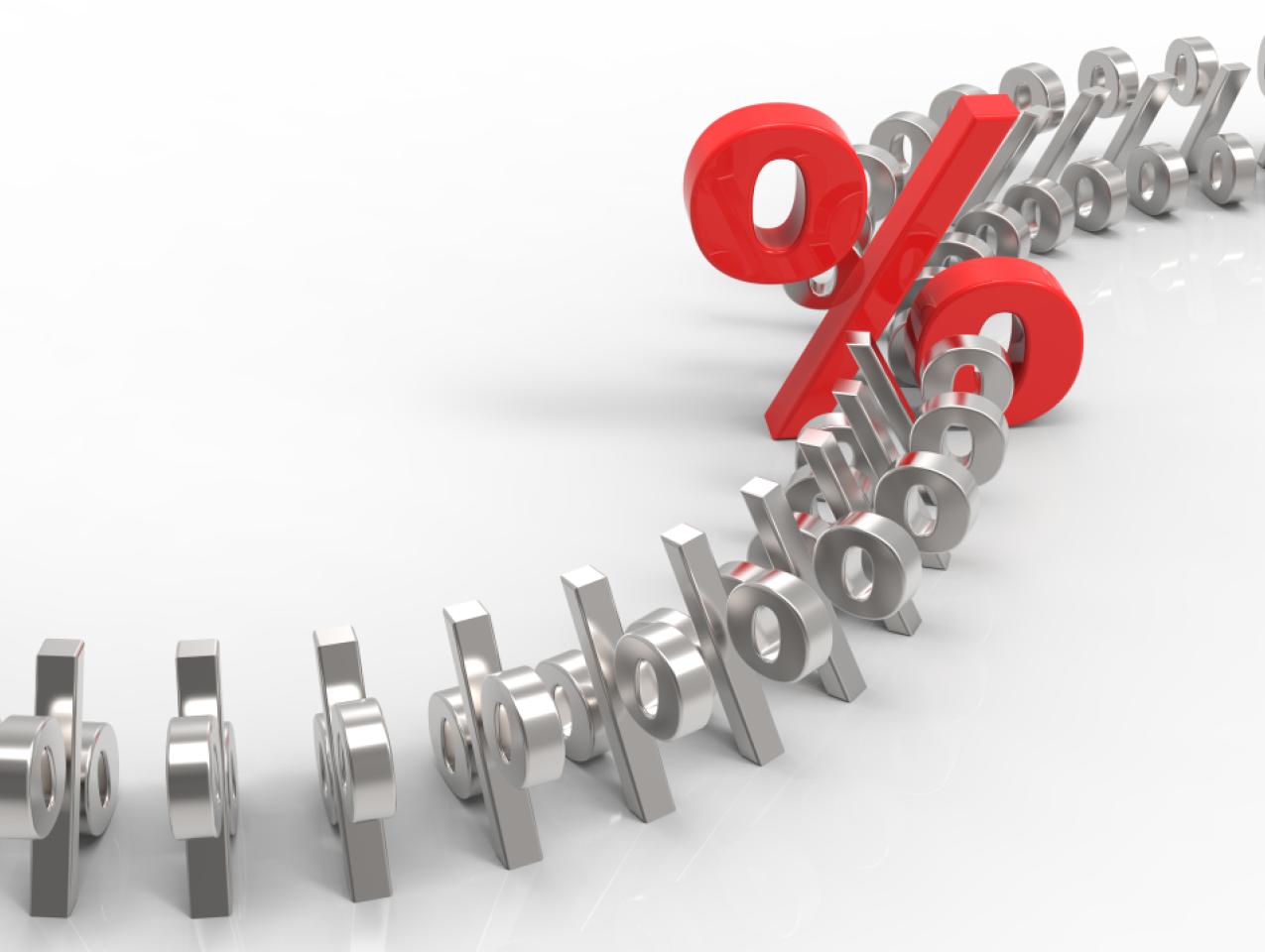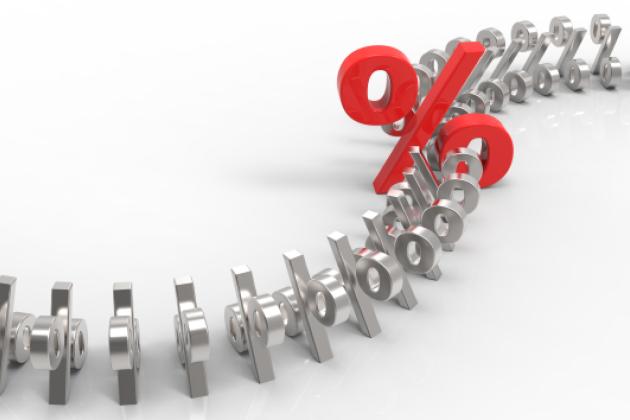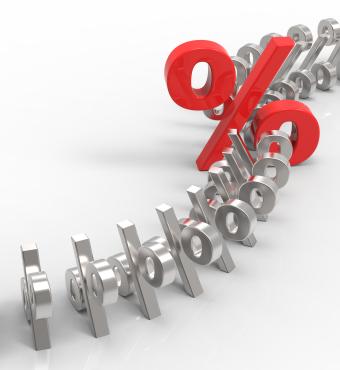As the federal government once again begins to run large budget deficits, some have begun to express fears that interest rates could start to creep up. Should we be concerned?
There are two reasons that deficits may raise interest rates. First, the law of supply and demand argues that an increase in the federal government's demand for credit will push up the price of credit. Second, an expanding national debt may spark fears in the credit markets that the Federal Reserve will print additional money to cover some of that debt and thereby produce inflation. Although both arguments have some merit, their significance has been exaggerated.
The federal government is a large debtor. It currently owes its public creditors about 3.5 trillion dollars, and it may add another trillion or more in this decade. This sounds like a large increase, but it must be compared to the total credit market in which interest rates are determined. There is an enormous amount of debt in the United States. Businesses owe about 7 trillion dollars, and state and local governments owe another 1.5 trillion dollars. Home mortgages total nearly 8 trillion dollars. Moreover, mortgage borrowing grew by 4 trillion dollars over the past decade without triggering interest-rate increases. Other consumer debt totals 1.6 trillion dollars. Thus, although the federal debt is large, it constitutes only 12 percent of the total debt owed by U.S. debtors.
Furthermore, the U.S. government is only one player in a large and rapidly growing world market. For example, foreign investors financed much of the new borrowing by Washington in the 1980s, thus averting the interest-rate explosion predicted by some critics of Reaganomics. Although the federal government is the largest single player in the world's credit markets, its debt load offers only a fraction of the complete picture. A one- or two-trillion-dollar increase in federal debt will have a small, if any, effect on interest rates.
Creditors also demand higher interest rates if they fear that the Fed will use inflation to finance the new debt. Although many countries have resorted to inflation in times of fiscal distress, these fears are not justified today. First, the United States is not in fiscal distress. U.S. debt is only a third of its ten-trillion-dollar annual national income, a small ratio by international standards. Even fiscally conservative Germany has debt equal to 60 percent of its national income. The strong U.S. economy and fiscal system make it possible to finance a much larger national debt without resorting to inflation. Second, the Volcker and Greenspan regimes at the Federal Reserve have given the United States a credible, low-inflation monetary policy. Credit markets are less worried about future inflation because the Fed did not resort to inflation during the large deficit years of the 1980s.
These arguments are supported by statistical studies, which consistently find that low interest rates are mostly affected by inflation and that any tendency of deficits to raise interest rates is small or nonexistent. There are many important fiscal policy issues regarding deficit spending. Fortunately, interest-rate worries should not be among them.








